Can Telephone Cables Be Supported By The Service Mast
1 / 12
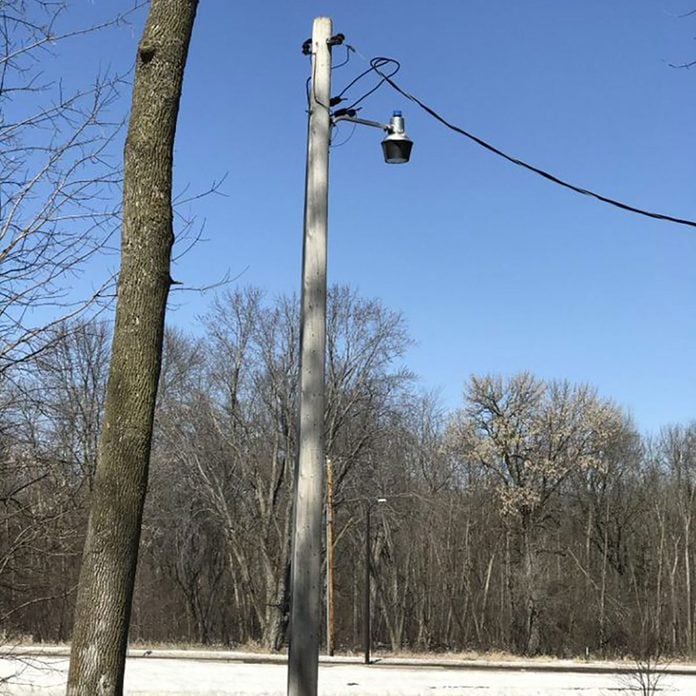
The Service D rop
The overhead service drop , or underground service lateral, are the electrical conductors that come from the utility pole , pedestal or ground-mounted transformer to the home. Changes to the service drop will always exist completed by the utility company , and the cost for most changes are the responsibleness of the client. The major safety effect here is that the service drop conductors accept no fuse , circuit billow or whatever kind of overcurrent protection at their supply end ; they are dir ectly connected to the utility ' s distribution grid and are energized at all times .
There are three conductors coming to the service mast in the overhead service drop , two ungrounded conductors ( hot legs ) and a carve up grounded conductor ( neutral ) . The hot legs accept black thermoset, polymer or other nonmetallic conductor insulat ion . If all three wires are connected to the service mast that runs through the roof , and/or down the exterior wall of the house in a service-entrance conduit , you tin can normally assume there is 2 4 0 – volt service for the house since each hot leg measures 120 – volts from each hot leg to the neutral .
two / 12
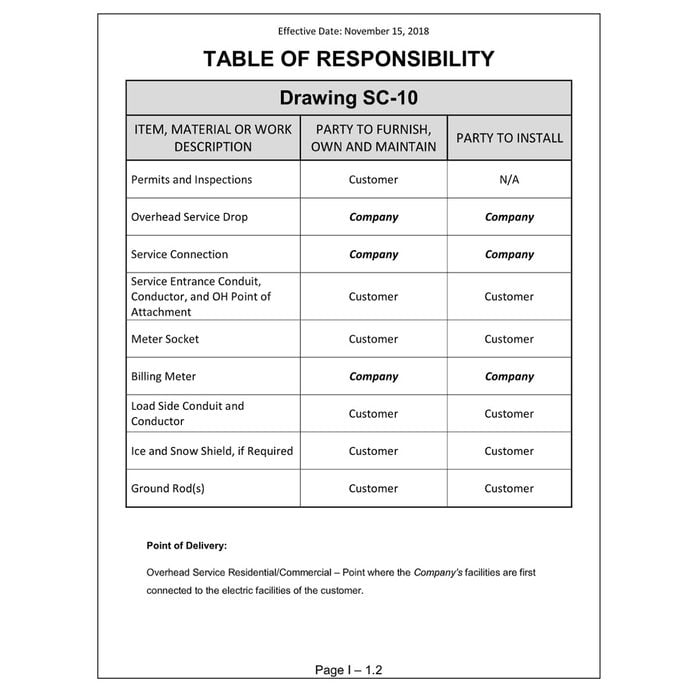
Who Owns What?
Power line regulations and responsibilities will vary from one municipality to some other and will depend on whether a power line is public or private. Public lines are installed and owned past a public utility company. Sometimes they are on public property, just sometimes they are on private belongings. Utility companies own everything up to the service point, the point of connectedness betwixt the serving utility and the house premises wiring system , and the service indicate is often on private property . Different utility companies ascertain where that service signal is exactly located , and information technology tin can vary greatly depending on whether the electrical service is overhead or secret, the size of the electrical service rated in amperes, where information technology originates at the utility equipment, and where it terminates at the customer'south equipment . Private ly owned electrical distribution lines are sometimes found in gated communities, apartment complexes, mobile habitation and RV parks, college campuses, large industrial facilities and elsewhere.
And so if a tree does fall on a mast or service driblet, the chart to a higher place will give you an thought who is responsible for what, but it ultimately depends on where you alive and which utility company services you.
3 / 12
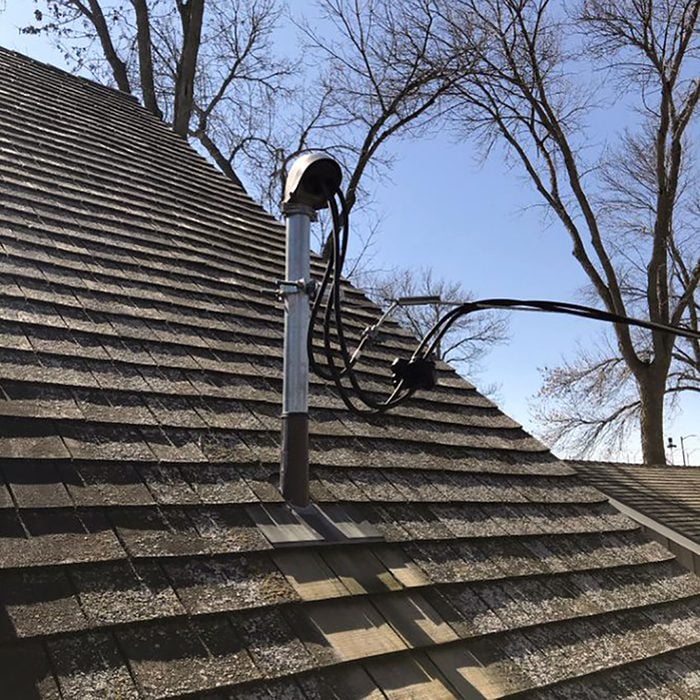
The Mast Has I Purpose
For safety reasons, d o not attach telly, telephone, cable or other wires to the service mast. Just the electric util ity conductors are permitted to be attached to the service mast.
4 / 12

Avoid Trees
Exist sure the overhead service drop conductors are free and clear of copse, limbs, debris and vegetation. T rees that grow up into service conductors tin can damage the conductors and concenter lightning strikes , both of which cause many ability outages every twelvemonth. Remember, a 4-f oo t tall, two -f oot wide tree might abound to be threescore -feet tall and 30 -anxiety wide. Some utility companies accept instituted tree replacement programs to assist customers in properly planting the correct trees in the right identify to avoid future problems . For information about growth potential and planting near power lines, c ontact your utility company, your County Extension office, State'southward Department of Agriculture office, Commune Forester, or local nursery.
5 / 12
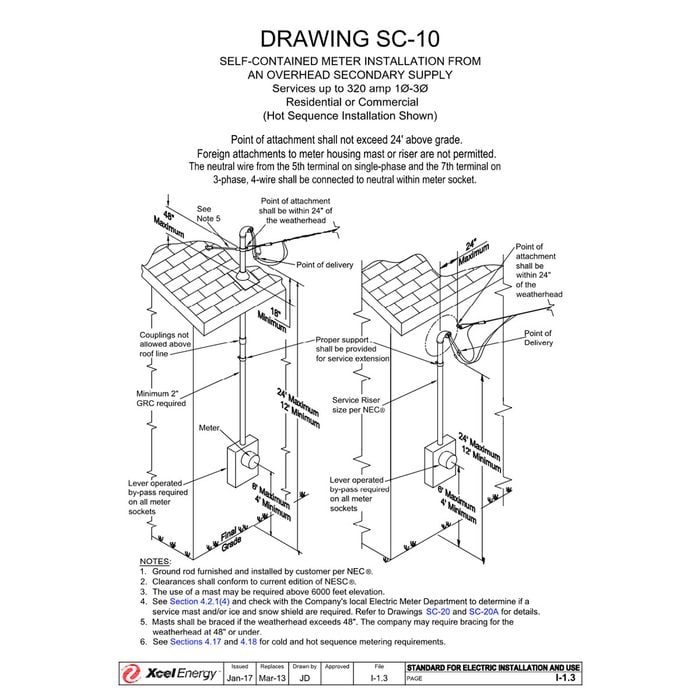
C learances for Service Drops
- Except at the drip loop, at n o time less than 12-anxiety above final grade
- Where overhead service drop conductors terminate at a through-the-roof raceway or mast, in that location is a thousand aximum of 6 -feet of usher length over the roof
- A m inimum of 18 – inches of clearance above any office of a sloped roof
- The service mast must be no more than iv -anxiety from the edge of the roof measuring horizontally
- The service mast should not exist more than iii-f eet vertically above the roof line ; most utilities volition crave bracing or guy wires for additional support of whatever mast that is taller than 3-feet.
- Flat roofs demand to have at least viii-feet of clearance and balconies need at to the lowest degree 10 -feet of clearance
- O verhead conductors must have a horizontal clearance of three-anxiety from all windows that tin can be opened, doors, porches, balconies, ladders, stairs, burn down escapes, or similar locations. No 1 should exist able to take hold of a service conductor from these areas .
6 / 12

Boosted C learances for Overhead Service D rop Conductors
- W hen located near a swimming pool, the overhead service conductors must be at least 10 -feet away from the puddle horizontally and at least 22 .5 -anxiety high .
- If the home has a flat roof, there must be viii -feet of clearance , and if your dwelling has a pitch roof of 4 – inches in 12-inches , or greater , there must be a minimum of iii -feet of clearance .
- W hen the voltage to ground does not exceed 150 -volts , there must exist 10 -feet of clearance from the lowest signal of the drip loop at the electric service entrance to buildings and the finished class, due west alkways , decks, patios, etc. The clearance is raised to 12 -feet where the voltage does non exceed 300 volts to footing , and raised to15 -feet where the voltage to ground exceed s 300 volts.
- T here must exist an 18 -f oot clearance over public streets, alleys, roads, parking areas that may have truck traffic, driveways other than on residential property, and areas used by farming and construction vehicles .
7 / 12
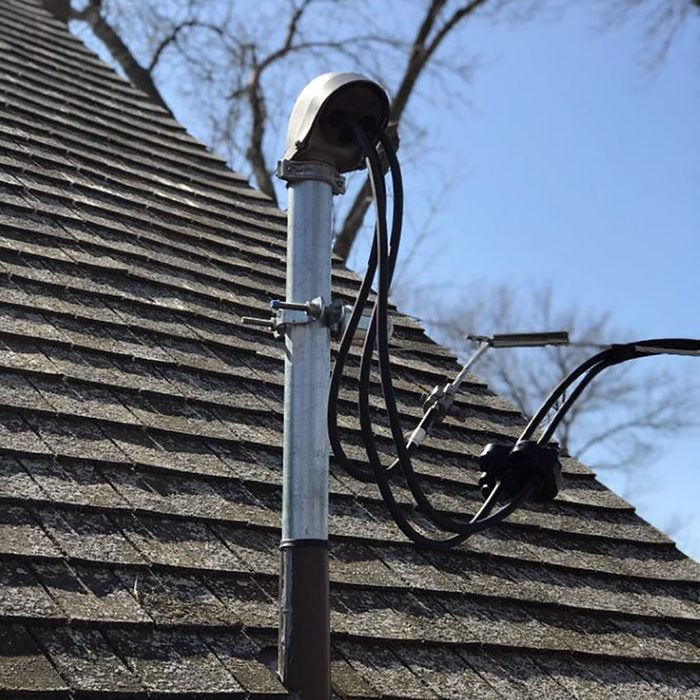
Service Driblet Drip Loop
The overhead service drib conductors are spliced to the service-entrance conductors at the dwelling house. This connectedness is chosen the baste loop . The drip loop is required to keep water from traveling along the length of the service-entrance conductors and entering the service-archway conduit at the weatherhead . Overhead service-archway conductors are fastened to service masts with clamp-on porcelain or similar nonmetallic insulators. Overhead service-entrance conductors that terminate at the side of a house, under a roof eave , or on the roof fascia board are attached to screw-in porcelain or like nonmetallic insulators.
8 / 12
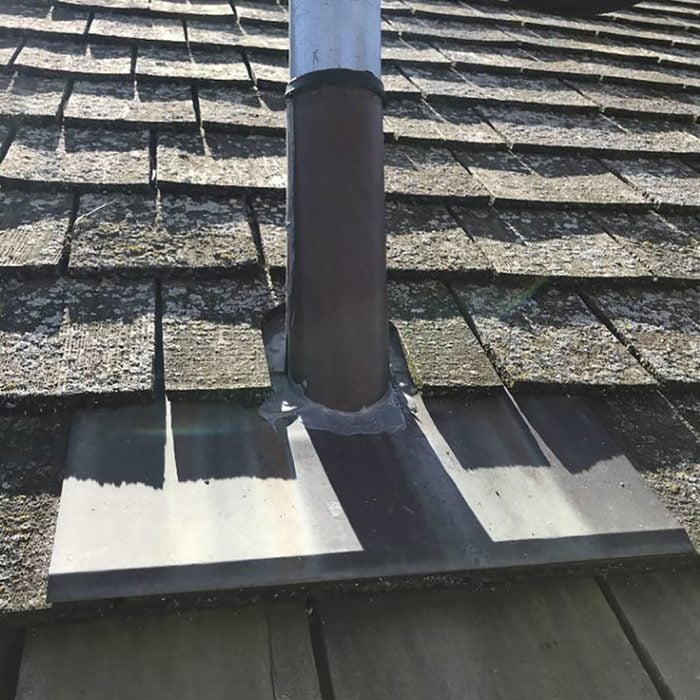
Flashing
Service masts that penetra te the roof must have a roofing boot properly secured at the roof line to prevent h2o leaks. The roofing boot must be properly sealed, glued and screwed affluent with the roof membrane. If nails are used, they must be sealed properly. Nails can corrode over time and the membrane can split so exist sure to use the correct tools for the job and have the time to be certain it is properly sealed. Mast brac ing must besides be sealed with flashing at the roof line intersection.
9 / 12

Supporting a mast higher up the roof
The typical service mast consists of 2-inch rigid metal conduit . Sometimes you 'll see a through -the-roof service mast that appears to be leaning from tension in the overhead service drop conductors . This can be repaired past calculation a brace , tie back or guy-wire supports. Masts over 36- inches usually require a mast brace or tie – dorsum supports such as a No. 6 Copperweld Aircraft Cable ; although some municipalities allow the mast to be every bit much as 5 -feet above the roof line earlier needing a guy wire for actress support . The caryatid must be installed at a minimum 45-deg ree angle.
ten / 12
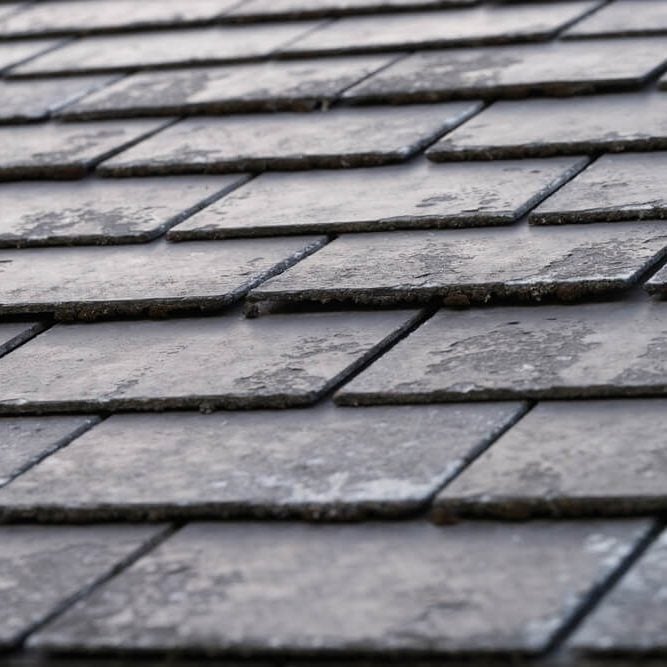
Supporting a Mast Below the Roof
The service mast must be p l umb (non leaning) and properly attached to the frame of the home by installing securely fastened metal conduit straps every 3 -anxiety . Malleable pipe straps and 4-inch lag screws in studs may sometimes be substituted. T hither volition be a raintight threaded conduit hub where the service mast enters the top of the meter socket enclosure .
eleven / 12

The Meter
Electric utilities often crave the meter to exist mounted four-feet to half-dozen-feet from the ground , which is a reasonable summit for utility workers to exercise their chore in a prophylactic style . Meter bases for the sockets are furnished at no cost in most areas .

12 / 12
Underground power lines
Utility companies install electrical distribution either below ground or to a higher place ground , and they make the decision on which one will be used in your installation. The long-term overall price is less for overhead electrical distribution compared to hugger-mugger distribution , only sometimes the utility will install cloak-and-dagger distribution , just it comes with an boosted installation and maintenance cost to the property owner. T he location of the electric meter will exist determined by the electrical utility based on the size of the service, the type of service and the type of distribution equipment, such equally a transformer or distribution pedestal .
Condom
Utility companies are very strict when it comes to breaking seals or removing meters . In add-on to the obvious safety hazards, liability and theft of electricity are major concerns for utility companies. Always consult with the utility company before accessing the interior of the meter socket enclosure or attempt repairs to a service mast.
About the author
Lisa Archer, Owner of BPG/Memphis Inspections Service & Nationwide Pest Control
901-826-7500
world wide web.memphisinspections.com
Detect out more virtually Xcel's requirements here
Source: https://www.familyhandyman.com/list/what-you-need-to-know-about-electrical-service-masts/#:~:text=The%20Mast%20Has%20One%20Purpose,attached%20to%20the%20service%20mast.
Posted by: mccoysuchown.blogspot.com


0 Response to "Can Telephone Cables Be Supported By The Service Mast"
Post a Comment